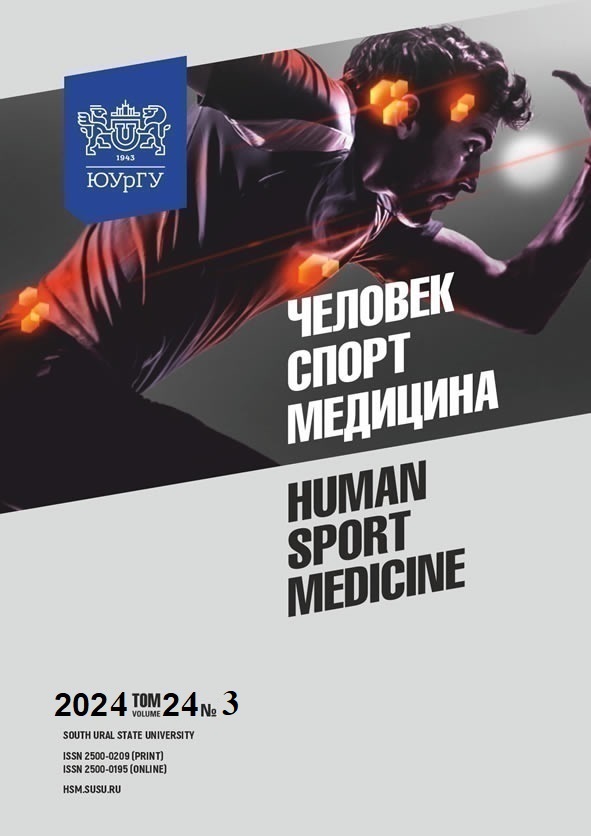ADAPTIVE PROTECTIVE MECHANISMS DURING DIVING IN MEN AND WOMEN
Abstract
Aim. This study investigates the sex-specific adaptive cardiovascular responses elicited by the diving reflex. Materials and methods. A total of 99 participants, including 50 men and 49 women, aged 18 to 25 years, with no prior experience in diving, were enrolled. The diving reflex was induced by face immersion in cold water under laboratory conditions. Vascular responses and blood flow were examined by impedance cardiography and pulmonary impedance. Plethysmography was used to measure peripheral blood circulation. Results. The results obtained show a consistent pattern of vascular responses across all participants during the simulated dive. Notably, a statistical reduction in heart rate (HR) and cardiac output (CO), accompanied by an increase in blood pressure (BP), peripheral vascular tone, and dilatation of pulmonary vessels, was detected. Women exhibited a lower increase or a more pronounced decrease than men in the dicrotic index, coupled with a decrease in peripheral vascular resistance and the diastolic index indicative of lung perfusion. Conclusion. These observations underscore the existence of sex-specific adaptations in the diving reflex, characterized by a more pronounced reflex constriction of peripheral vessels and dilation of pulmonary vessels in women. Such physiological distinctions likely offer females greater resilience in extreme diving conditions. Further exploration of these distinctions and their mechanisms could significantly contribute to our understanding of adaptive defense strategies and the potential for pathological outcomes related to inadequate adaptation.
References
References on translit
Copyright (c) 2024 Human. Sport. Medicine

This work is licensed under a Creative Commons Attribution-NonCommercial-NoDerivatives 4.0 International License.















